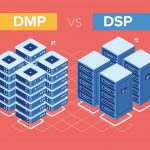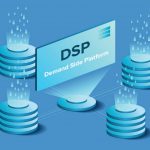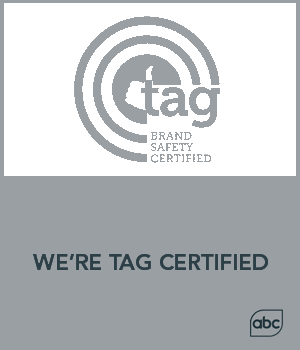Table of Content
Acronyms make work easier, especially when technical terms are too long. But this can be very confusing if you’re not well acquainted with the terms. A good example of SSP and DSP is in the mobile advertising industry. The similarities and the confusion of the terms can leave your head spinning more often than not.
What is a supply side platform (SSP)?
A Supply Side Platform (SSP) is a technology that enables web owners to manage their ad impressions inventory and maximize their income from digital media.
SSPs gather many forms of advertising demand for publishers. This is from traditional ad networks and ad exchanges that are later collected by the Demand Side Platforms (DSPs)
This allows the publishers’ inventory to be bid from the SSP using Real-Time-Bidding (RTB).
In simpler terms, an SSP is used by web owners to maximize their revenue and offer ad impressions for sale to many ad exchanges and DSPs directly.
The customer, in this case, is the web owner.
What is a demand-side platform (DSP)?
A DSP is a platform that allows advertisers to buy multiple ad spaces from different publishers.
DSPs helps online marketers and advertising agencies to access the best ad spaces. This is through audience targeting and sorting the web content through their parameters.
Besides choosing the right inventory, the DSP also allows the advertisers to deliver and track their ads for optimization purposes.
In simple terms, a DSP makes the searching and analyzing of the audience segments (location, gender, age, income level, etc.) fast and effective cheap thanks to automation, which boost ROI.
The customer, in this case, is the advertiser.
What is RTB?
This is important in fully digesting the way the DSP and the SSP operates.
Real-Time Bidding (RTB), is the process that ad inventory is sold instantly. This is done through programmatic advertising. The auctions sell the ad inventory availed by web owners to marketers willing to pay the highest price each time a site is visited. SSPs and Ad Exchanges facilitate the buying.
To clear the confusion let’s define the Ad Exchange. It’s a big pool of ad impressions where publishers put their available ad spaces hoping someone will buy them. Media buyers then select the impressions they want from platforms like DSP. Those decisions are based on the activities of the web visitors at that time of the day.
Are you still confused?
Think about this.
You open your browser and search for your favourite food blog. The content of the article you read, plus any details that are known about you, are passed to an SSP or ad exchange. Therefore, the ad that will appear before you is directly targeted to your interests, needs, location etc. It was auctioned to the highest bidder who was in search of a customer like yourself. RTB helped in the process by loading the targeted ad instantly.
Final Thoughts
The DSP, SSP, RTB and ad exchange are all related. They all allow media buyers and advertisers to buy or sell their ad impressions. The whole process happens in real-time through the market (ad exchange).
We hope this cleared the confusion revolving around these terms.
Do read our article on “What is the difference between DMP and DSP?“











